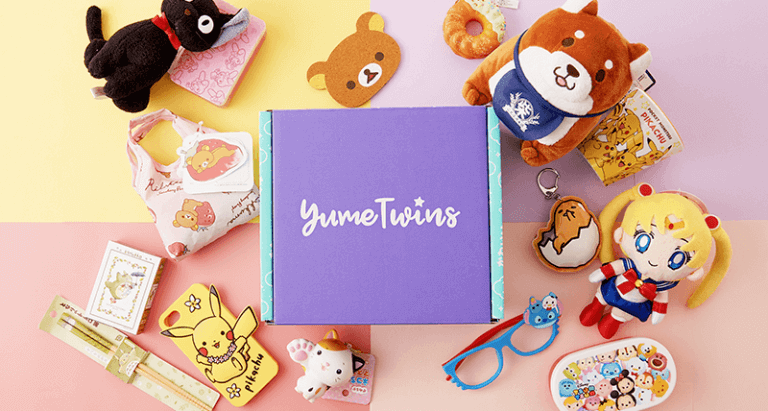What is Dango? (Cute Edition)

Everyone has their favorite snack. Sometimes, we only need a quick pick-me-up between chips and cookies and fruit and candy between meals. In Japan, one of the most popular treats that people enjoy throughout the day, as either a snack or a dessert, is dango. Some people even make them in the shape of cute characters!
What is dango?
Dango (団子) are small Japanese dumplings made from rice flour, uruchi rice flour, and glutinous rice flour. They shouldn’t confused with mochi, a treat that only uses the rice flour(even if they are both pretty yummy.).

Once they’re finished, they are traditionally served on a small bamboo skewer, known as kushi-dango (串団子). The ability to carry and eat them on a skewer makes them very convenient as snacks. They are easy to handle, but you can keep your hands clean while eating them.
How do I make dango?
If finding dango in a store near you is difficult, have no fear! Making homemade ones is super easy (and affordable!) They require only a few ingredients, and the steps are easy to follow. For authentic dango, simply mix sweet rice flour and sugar in a bowl. Add hot water (carefully!) until a soft dough forms. You’ll know it’s ready when it develops a soft yet firm texture!
Now divide the dough into thirds. If you’re making colored ones, this is when you add your matcha or food coloring to the different pieces of dough. Roll each section of dough into two balls, equally six dough balls total.

Boil them for about five minutes or until they float to the water’s surface. Remove the spheres and let them cool in ice water until they’re safe to handle. Place three of them onto a skewer and serve! Pretty easy, right? Just mix, roll, boil, and let them cool.
Once you’ve made them, you can get creative with the toppings. While you can serve them with your preferred toppings, people all over Japan enjoy certain popular versions of this treat (but feel free to make your favorite type!).
Are you interested in enjoying cute stuff from Japan? Check out YumeTwins! YumeTwins sends all kinds of kawaii character goods – from Japanese plushies to stationery – right to your door so that you can enjoy your best kawaii lifestyle on your way!
Different Kinds of Dango

Dango are basically little dumplings. Their variety comes from the sauces they’re covered in and any extra things added. Usually, they’re about the same size and feel, although they might use different flours in certain places. Interestingly, some don’t even use rice flour in making them!
What are the most popular types?
The most popular type is anko (あんこ団子). Anko, a red bean paste made from adzuki beans, adds a slightly sweet, earthy flavor to recipes. You can enjoy them with zunda (sweet edamame) and kurumi (walnut) paste. Sweet and a little savory, anko dango is a classic treat.
Hanami dango (花見だんご) is sanshoku (three-color) dango (三色団子), or a variety of dango to eat during a special meal. It is eaten during hanami, or cherry blossom-viewing season. Generally, hanami dango are prepared with three colors (green, white, and pink) to represent the spring season.

Kibi dango (きび団子) use millet flour. They’re famous for their inclusion in the folktale of Momotaro, a hero who offered the round, un-skewered treats to three talking animals who aided him in battling demons. While you probably won’t have to offer yours to talking animals, they’re still a very yummy treat.
What different flavors are there?
Not to mention, some people even grilled dango for a savory taste! They’re trendy during festivals; some even put them in their bentos! Other flavors include goma (sesame seeds) and nori (seaweed). Some confectioners even spread a sweet paste on top, such as purple sweet potatoes!

Whether eaten as a quick snack from a local store or enjoyed as part of a more significant tsukimi event (the autumn moon viewing festivals), dango is versatile and affordable. The sheer number of varieties might make your head spin, but that means there are that many to try. What kind of dango is your favorite? Let us know in the comments below.

Related Articles

Harajuku: Where to Find Kawaii Fun!
Kawaii culture is a must-mention part of Japan’s charm, and Harajuku is one of the cradles and most iconic centers of this unique style. When you visit this area, you’ll be amazed by the many options to experience the cuteness fully. Let’s spotlight some of the cutest Harajuku places you want to snap and share!...

The Ultimate Sakura Party: Sweet Flowers, Fashion & More
Spring is the perfect time to step out and enjoy life’s little surprises! If you’re in Japan right now, you might wonder where to gather with your friends and what to wear in this crisp spring weather. Let’s explore kawaii fashion trends and find spots to enjoy sweet flowers! We’ll also uncover attractions that create...

Japanese School Uniforms: What Makes Them Unique?
Japanese school uniforms are as iconic as magical girl outfits or superhero suits.

Animal Crossing: Events in the Spring!
As spring blossoms, Animal Crossing transforms into a charming wonderland that captures the hearts of players everywhere.

Cherry Blossom Trees and Adventure!
Cherry blossom trees hold a special place in Japanese culture. They symbolize beauty, renewal, and the fleeting nature of life. These delicate pink and white flowers bloom briefly each spring, creating breathtaking scenery that attracts visitors worldwide. The cultural significance of these flowers extends beyond nature, influencing traditions, festivals, and even anime!

Shiba Inu Puppy Paradise: The Ultimate Guide!
A Shiba Inu puppy is a tiny ball of fluff with a big personality! Their expressive faces, fox-like ears, and curly tails make them one of the most recognizable dog breeds in the world. If you’re considering bringing a Shiba Inu into your life or just love learning about these fluffy wonders, this guide will...




